Written by Christina Kinnevey, MD, Fellow at Kaiser Permanente Napa-Solano Community Medicine & Global Health…
Da Nang Orthopedic and Rehabilitation Hospital, Da Nang Vietnam- Maylynn Tam, DPM
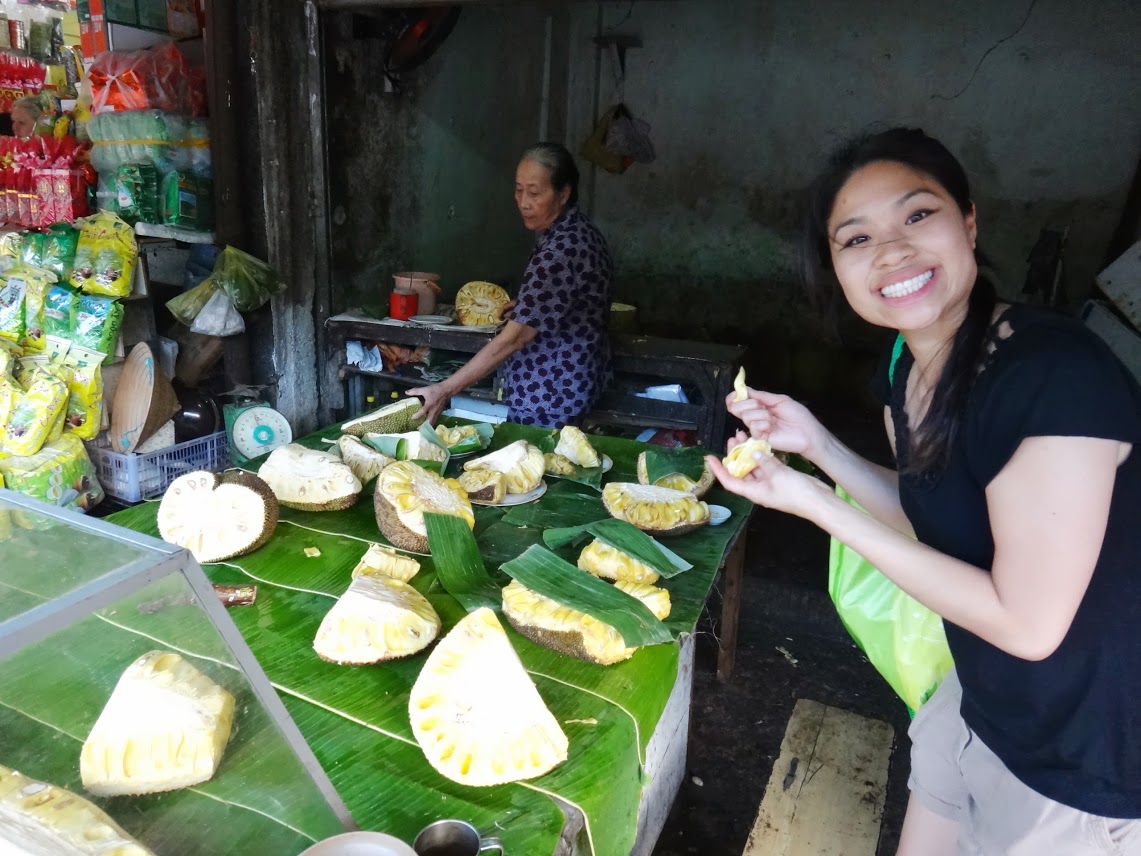
My name is Maylynn Tam and I am privileged to be a third year podiatry resident for Kaiser in Vallejo, CA where I am learning to treat an array of foot and ankle pathology both conservatively and surgically. I traveled to Da Nang, Vietnam to be a part of the Kaiser Global Health Project (KGHP)at Da Nang Orthopedic and Rehabilitation Hospital (DNORH) during July 2013.
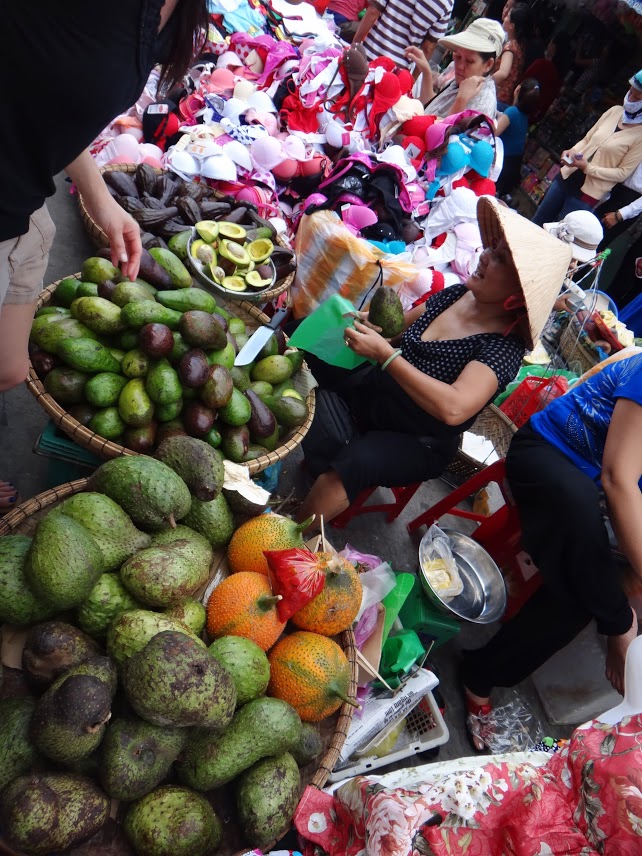
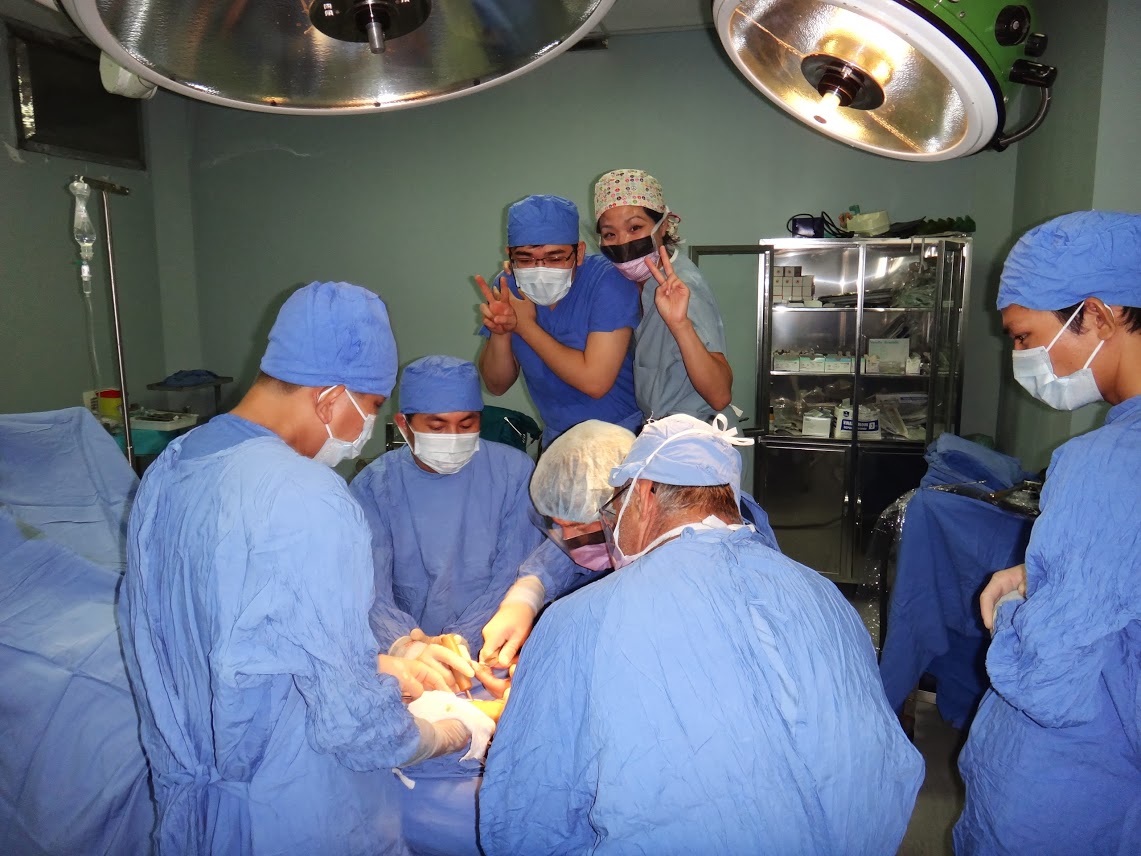
I first learned of the KGHP through a group of Kaiser Podiatrists who have been traveling to the DNORH and working with Dr. Thanh, the chief of orthopedic surgery there for over a decade. Each year Dr. Thanh has been setting aside his most challenging and puzzling patients so that they can be treated during our annual visit. Over time the visit from Kaiser has gained notoriety in the community and now the project draws patients from all over Vietnam, who hope have an exam from an American specialist. Many of the patients travel by scooter from small remote villages and wait for hours with no idea when, or if, they can be seen by a doctor.
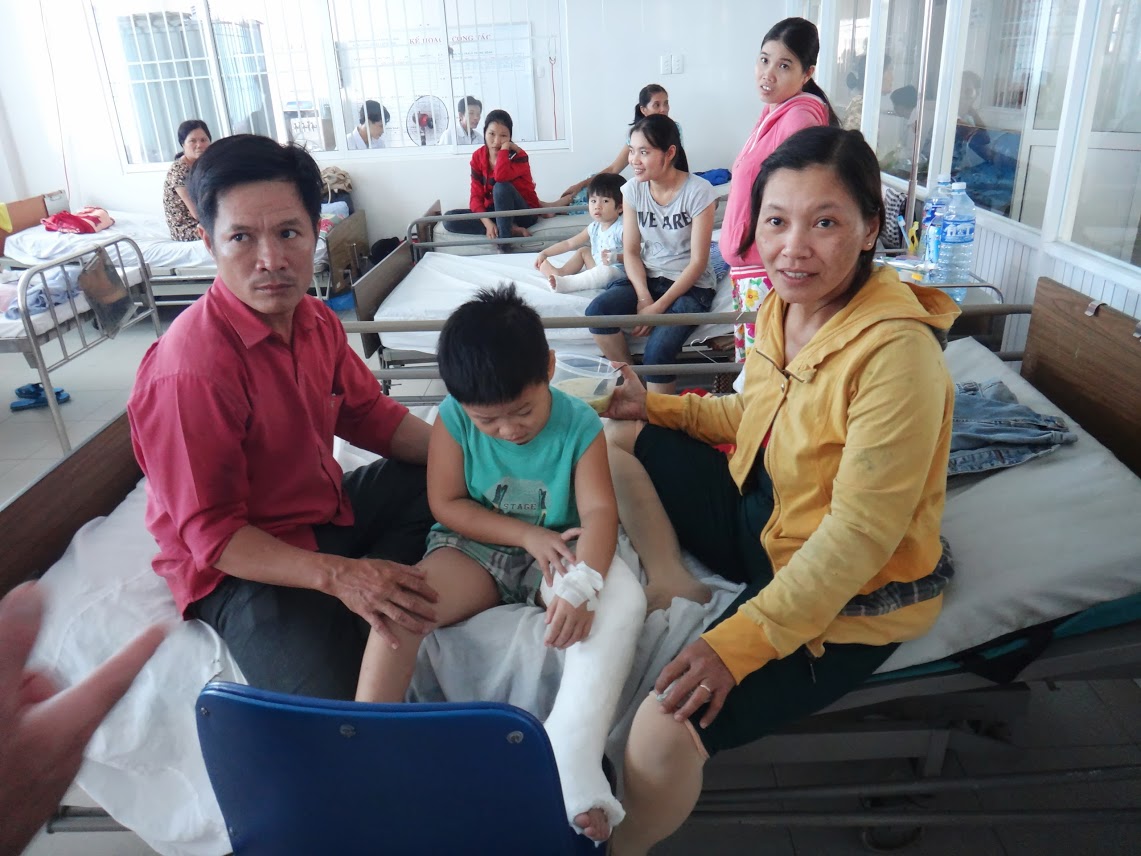
Vietnam, although now an open market, is still a communist country and still very much reeling from the effects of economic upheaval, political corruption, not to mention the immense physical and emotional losses and injuries of the Vietnam War, which took place only decades ago. Most villages outside the major cities have very little access to health care or public health education and many of the patients we treated had pathology related to chronic diseases that were partially, incorrectly or completely undiagnosed.
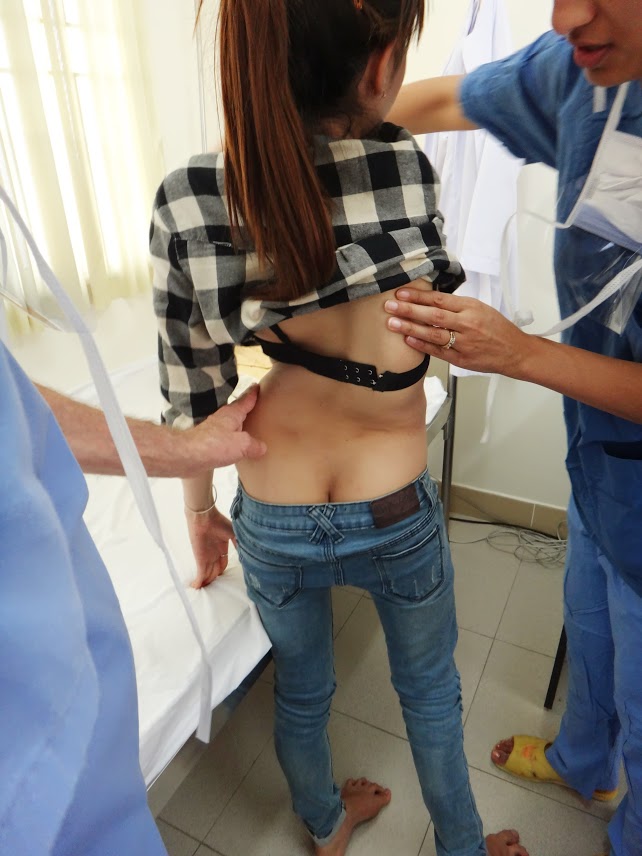
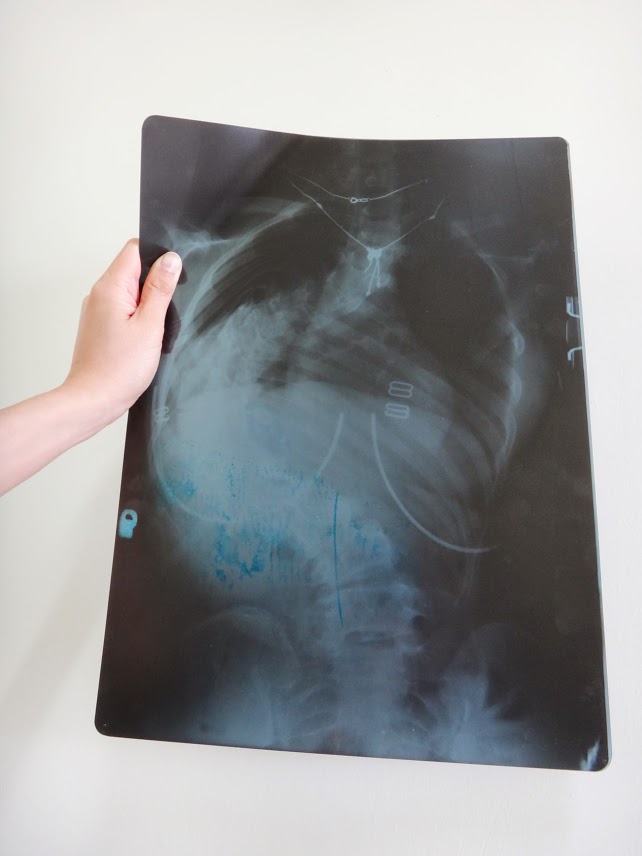
As soon as I arrived to the hospital it was an immediate shock. My clinic experience in Da Nang simply trumped any foot or ankle pathology I have ever seen in America. The open-air hospital design meant we were all subjected to the 90F heat and 90% humidity. With only fans to cool us, we examined patients in a room that contained just a hospital bed and a desk. The patients arrived with high hopes and were often accompanied by many family members. I was worried about how the language barrier and the lack of history, medical charts, or advanced imaging would play into our success or failure of each meeting, but it surprisingly was a minor factor. We learned to maximize each appointment by spending the majority of the time touching, palpating and observing rather than reading a chart or looking at an image on a screen.
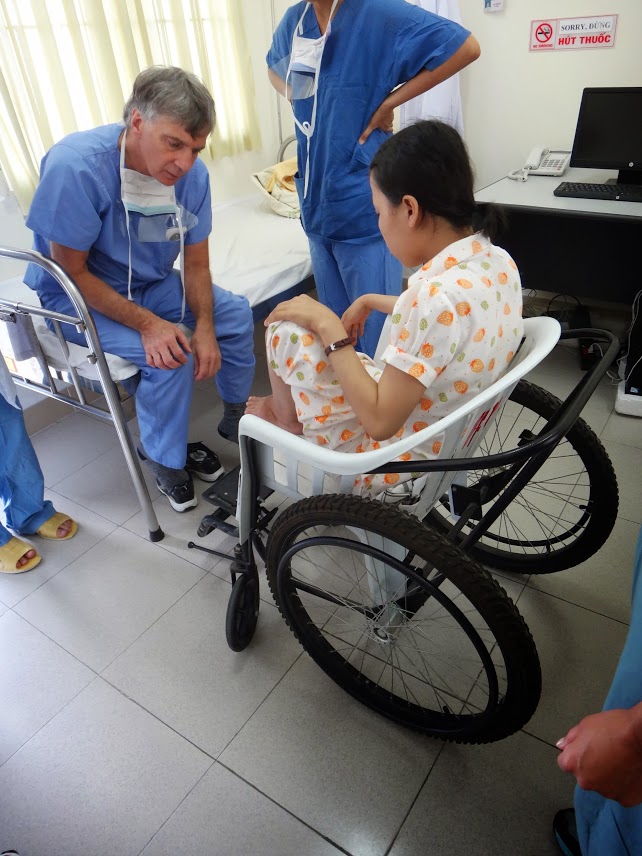
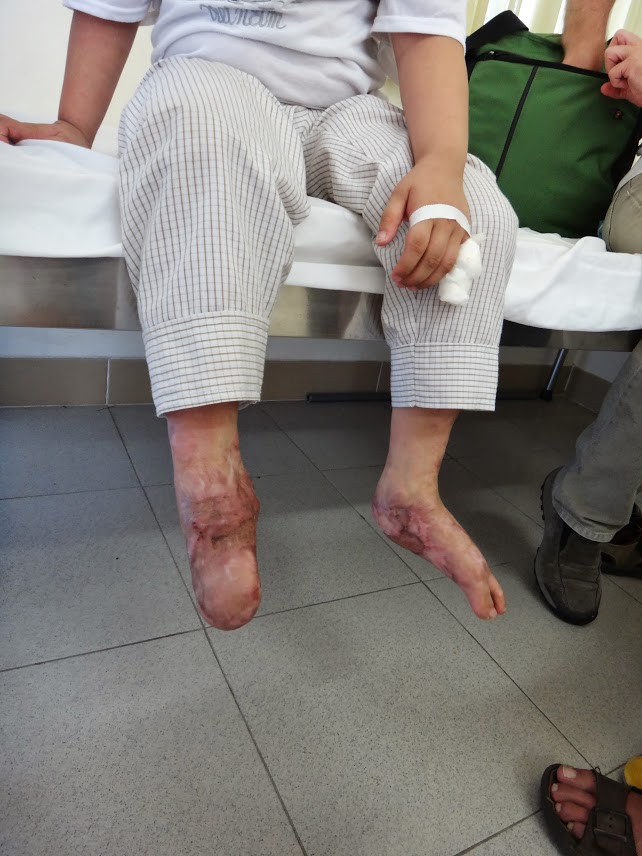
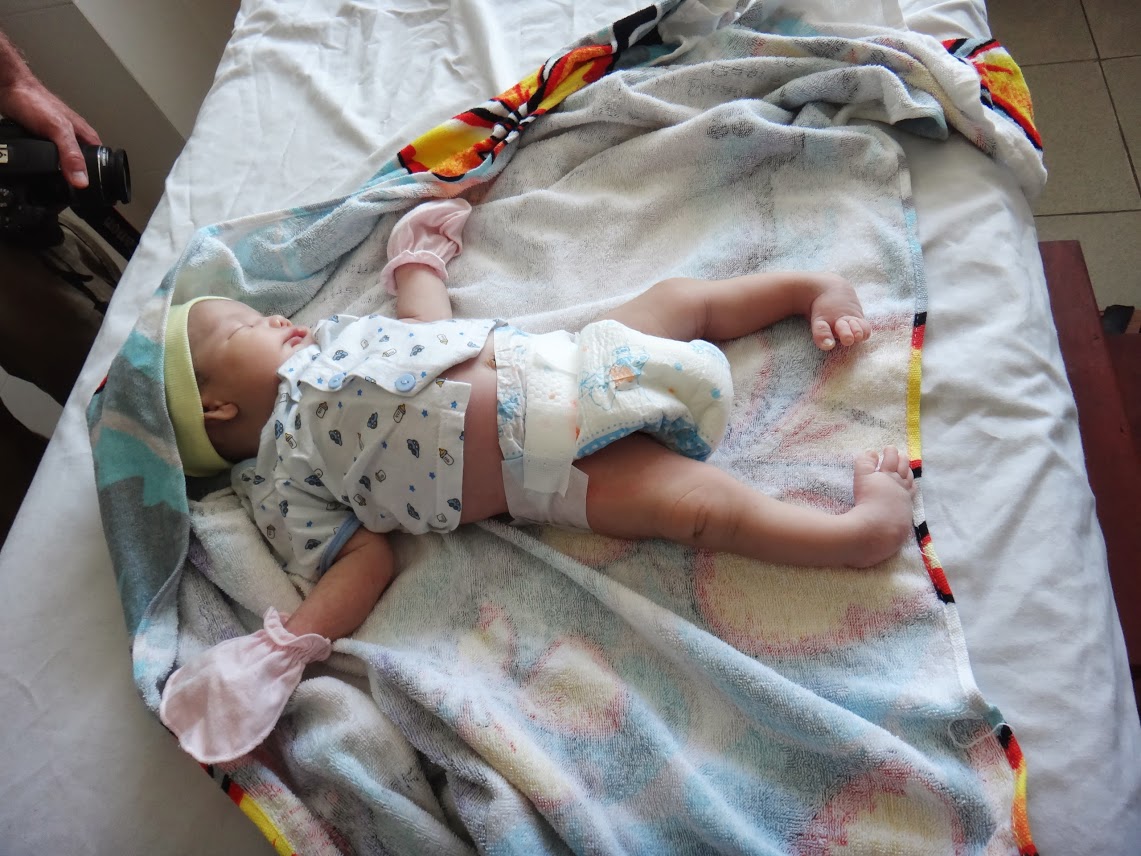
The outpouring of gratitude from the patient and their family was overwhelming. And the thankfulness from the patient when they were told they could have an operation and possibly be improved was a pure visceral emotion. During those days I was reminded that we mainly differ in our cultures and beliefs, but if you pay attention to our basic needs or an expression of joy, pain or gratefulness, we are all humans- all much more similar than we realize.
My experience in the operating room was equally as shocking. There were no shoe or hat covers, rather everyone wears re-useable rubber clogs and cloth hats designated for the operating area. The area to scrub had one sink where disposable scrub brushes that were donated from the US were recycled until they fell apart. During surgery an intra-operative X-ray was not usually available, as opposed to in the US where most hospitals have them at their disposal. My favorite memory was the absence of perfectly organized racks of screws– and instead we simply picked the screw that seemed about the right size from a potpourri of hardware that has been sterilized in a bucket.
During my trip I learned so much, but the most resounding lesson was definitely how much you can do with with so little. From the hospital and limited resources in the operating room, to witnessing the resilience and determination of the Vietnamese people, my trip was a testament to the power of resourcefulness.
I also learned to rely much more on my hands and observational skills to understand the patients. Without much imaging or history available, I learned that developing solutions for complex surgical problems was much more about recognizing and comprehending basic problems in deformity and how to fix them with basic strategies.
My goal when participating in the Kaiser Global Health Project was to aid the Vietnamese community with my knowledge and skills to help them in whatever way I could. What I ended up having was an experience that forever has changed my skills as a doctor and my heart as a human being. I am so fortunate to be able to have had such an amazing learning experience!
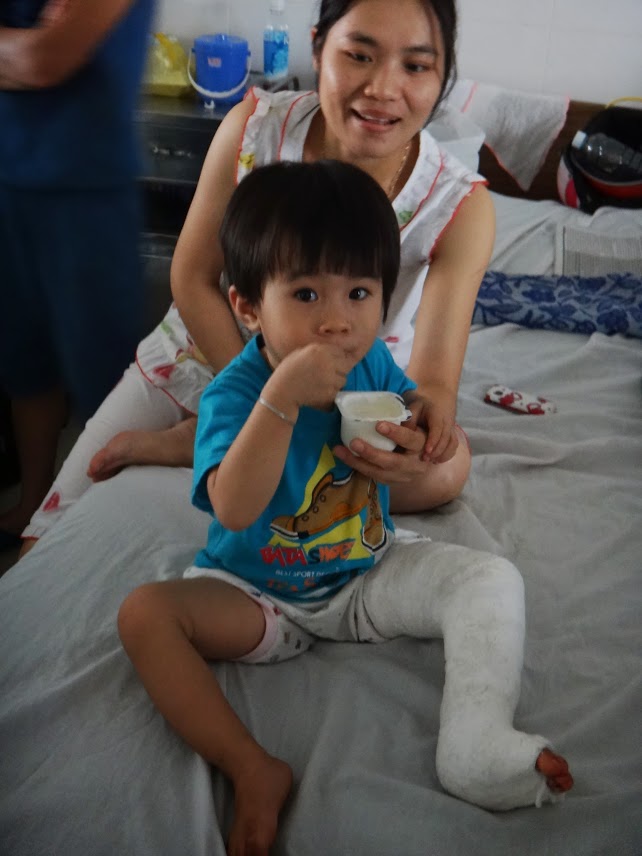
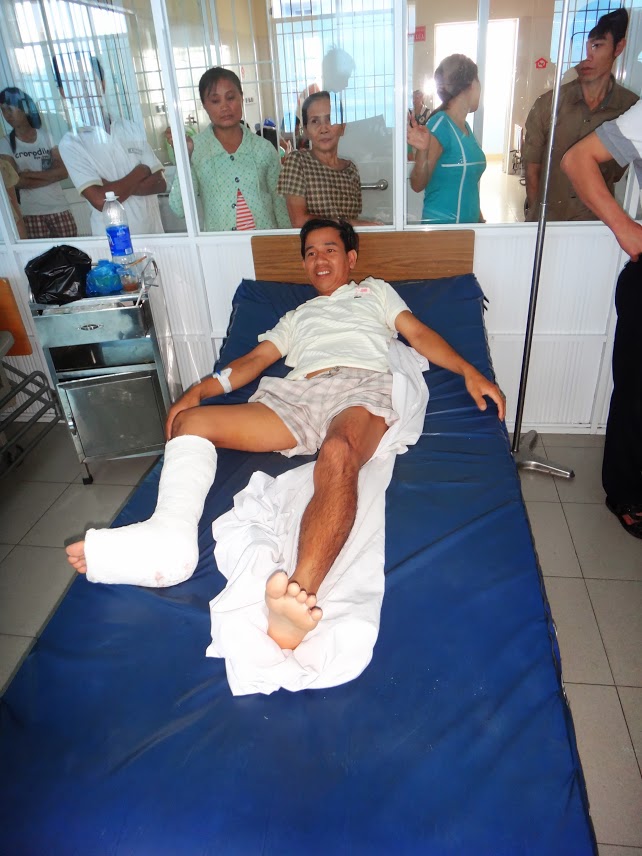
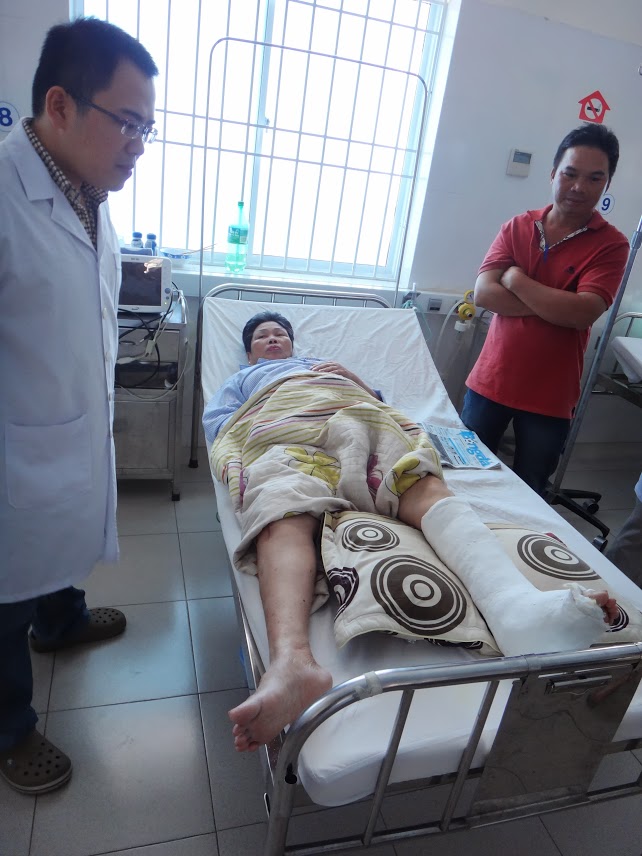
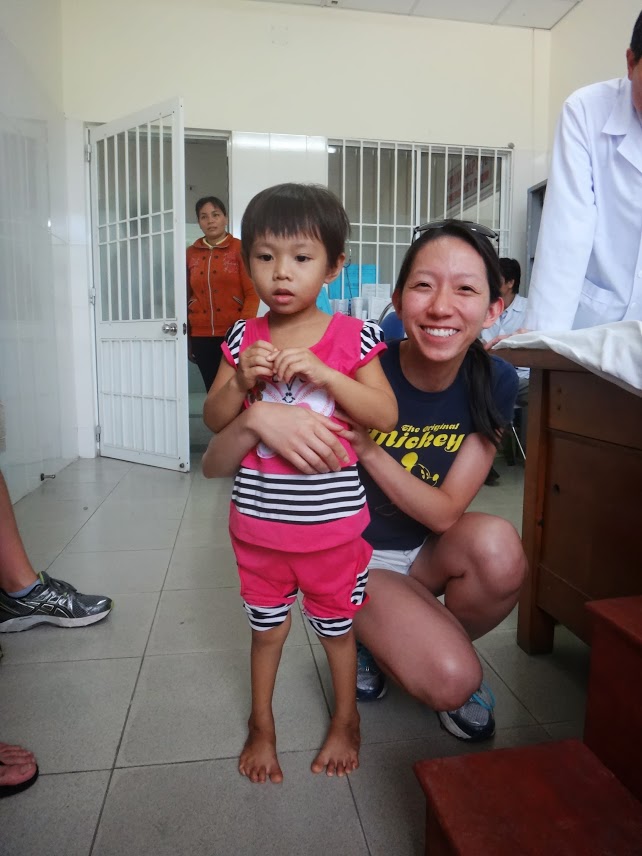
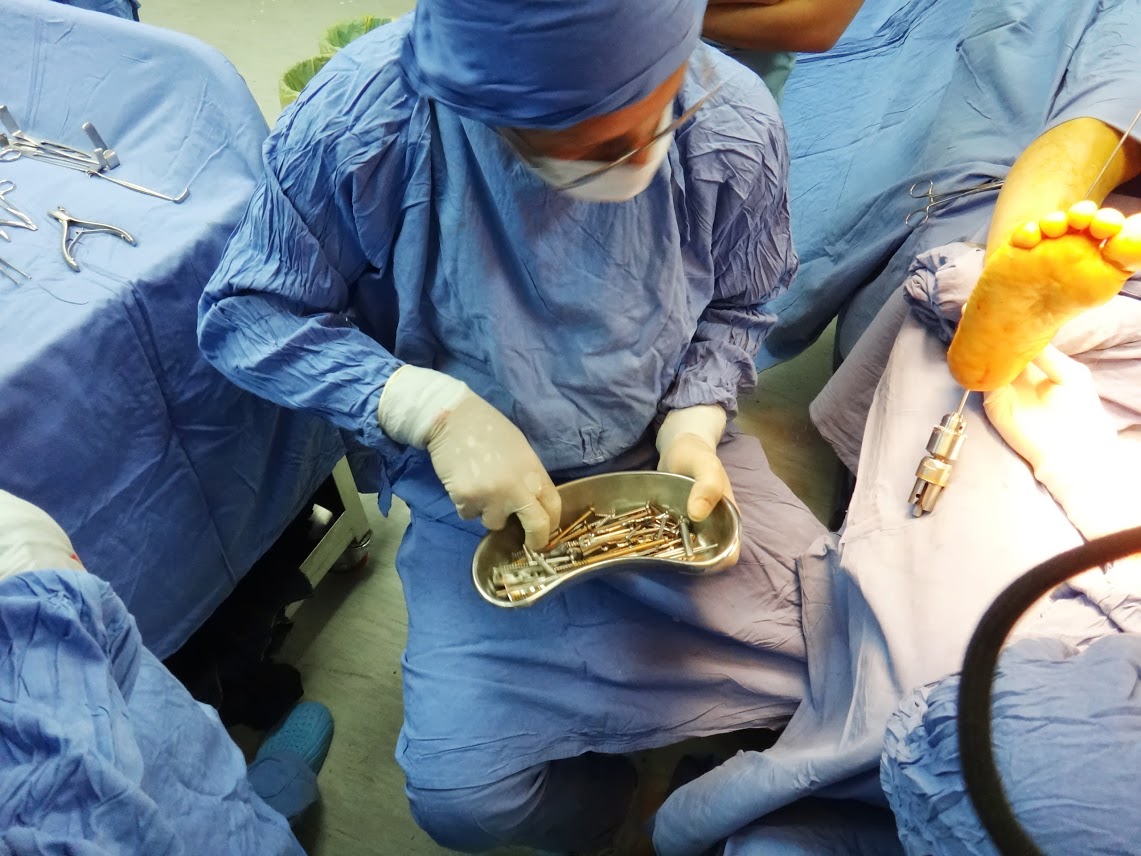
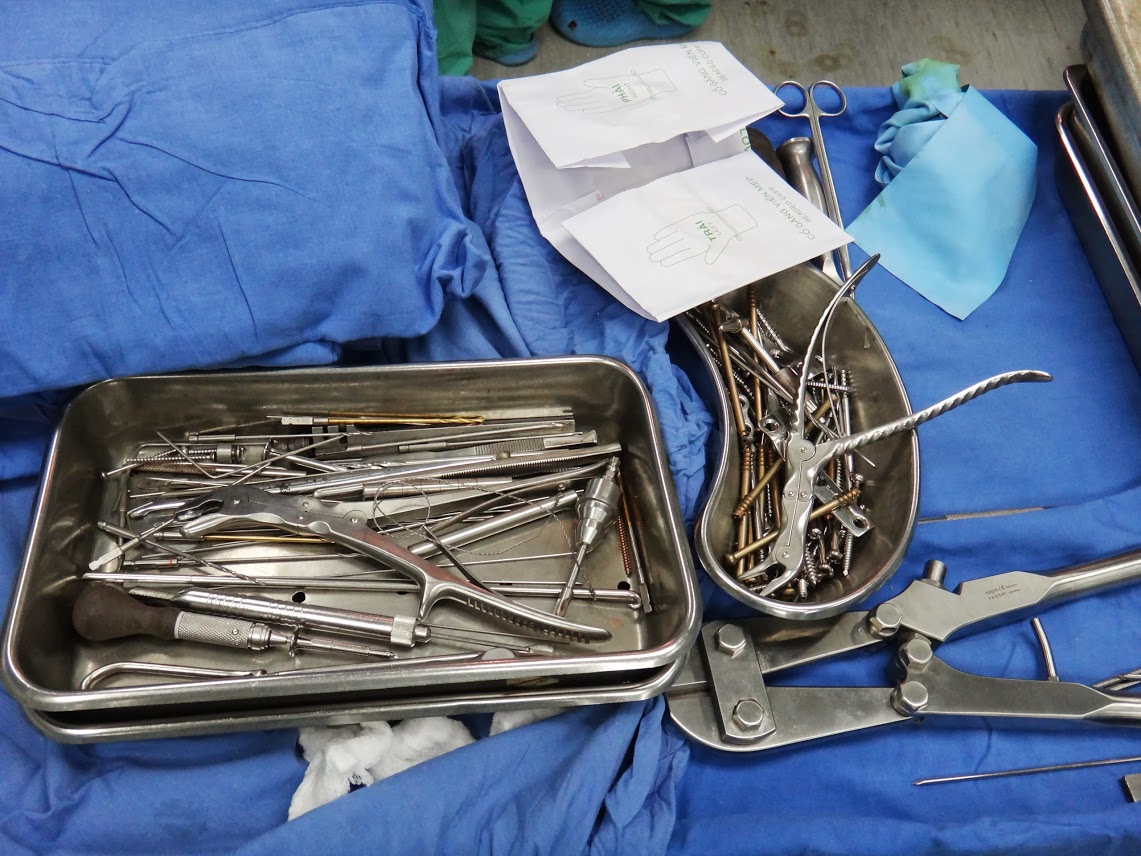
So beautifully written. What an amazing experience!